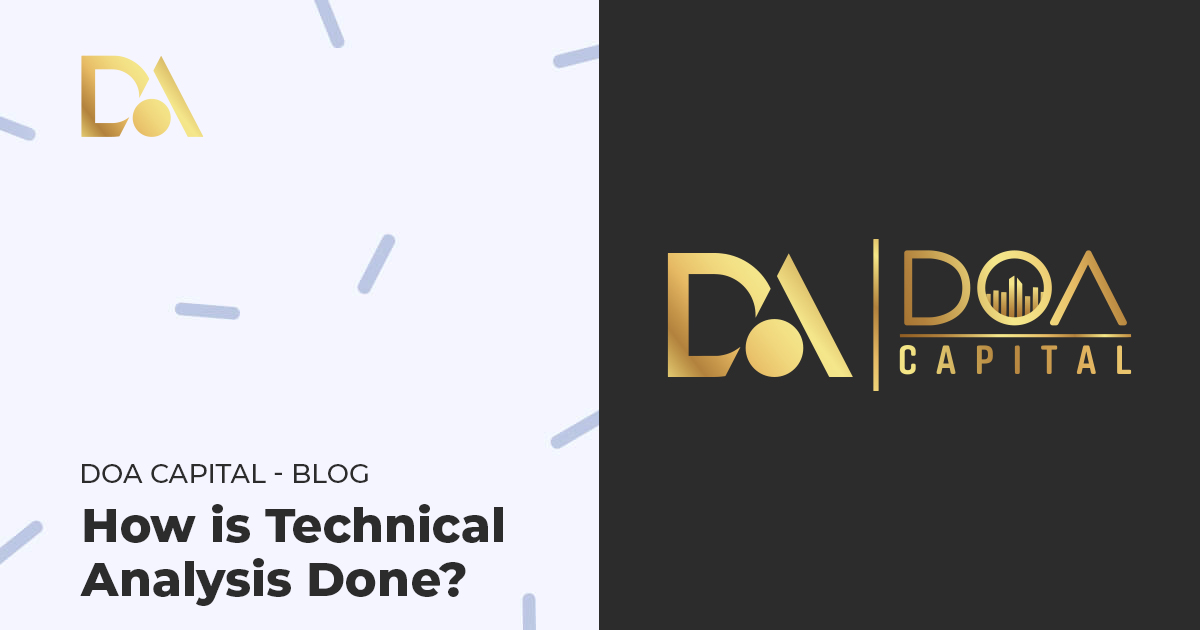Technical Analysis.
Technical analysis can be explained as being able to predict future price movements by looking at past price movements. It is an analysis method that investors use a lot, especially in markets with high volatility such as forex.
What is Support and Resistance Level?
At the beginning of the golden rules in the markets is that the price of an instrument will not fall or rise forever. In other words, every downtrend and uptrend must end in some way. At the points where the trends turn, support and resistance points will come to the agenda. Support levels are the levels where the decline ends, which supports the price in bearish movements more than once in a price chart. Resistance levels, on the other hand, are the levels that resist the uptrend in a price chart, where uptrends have difficulty recurring.
Formations
The price movements created by a parity can occur in the form of a number of formations. These formations can give the investor an idea of which direction the price will go in the future and help the investor to make a decision.
Moving Averages
The moving average method, which can be widely used in all financial instruments, is a method used to determine the direction of the price trends of the relevant instrument. Besides trend determination, moving averages are also used as support or resistance levels. As the name suggests, it shows the average prices that are formed as a result of the average of the end-of-day prices that occur in the specified periods. It can be calculated according to the time periods determined by the technical analysis person. For example, a 30-day moving average chart gives an average of 30 days back from the day the analysis was made. Since new data will be added every day, a different 30-day moving average price will be created for each day. In the markets where the price chart is flat, you may receive false signals and cause you to take unnecessary trades.
So how should moving averages be interpreted?
The moving average chart for a time period you specify is superimposed on the normal price chart. The points where the moving average graph cuts the price graph will mark the beginning of a trend. If the moving average graph cuts the price graph from the top to the bottom, it is interpreted as a downtrend, if the average graph cuts the price graph from the bottom up, it is interpreted as an uptrend.
Increasing the period to be determined for the moving average will increase the sensitivity of the technical analysis. Generally, 5-day, 22-day, 100-day and 200-day terms are preferred. These periods are the periods that are designed according to various investment strategies, and each technical analysis investor can work on the chart according to his own strategy and the maturity period he wants.
MACD Indicator
The MACD indicator, a type of technical analysis indicator derived from moving averages, is among the most frequently referenced technical indicators in the forex markets. From a technical point of view, it helps practitioners do trend analysis on the direction of prices over the relationship between two different moving averages. Its mathematical formulation can be explained as subtracting the 12-day exponential moving average from the 26-day exponential moving average. It is a very valuable technical analysis indicator for perceiving the changes that may occur in the trends in the markets before investing in any financial instrument.
How to Interpret the MACD Indicator?
As a result of the mathematical formulation, price trends are evaluated according to whether the MACD indicator is above the zero line or not. If the result is greater than zero, price trends are interpreted as bullish, and if negative, price trends are interpreted as bearish. In other words, when the MACD indicator goes above zero, it means that the prices for that instrument are close to an upward trend and the buying levels are approaching. If the MACD value goes below zero, the position should be taken according to the current investment strategy, where the prices are close to the downward trend. So; If you have a stock and the MACD value is below zero, it means that the probability of falling prices decreases and a sell order can be given.
RSI Indicator
One of the most popular methods among technical analysis indicators is the RSI indicator. RSI, which is called the Relative Strength Index in Turkish, compares the decreases and increases in the period when the analysis is run with the current price movement thanks to the mathematical formula it uses. As a result of the comparison, it sends buy or sell signals to the investors regarding the investment instrument analyzed. If we give a little more detail in terms of mathematical method; It compares the reactions of prices after an upward or downward movement in a certain period with the price at the time of analysis by calculating the averages. In other words, in RSI analysis, the entire data set is related to the past and present demand power of the relevant investment instrument.
How to Interpret the Chart in RSI Analysis?
When you add the RSI indicator to the price chart of the parity you want on the MetaTrader 5 trading platform, a new data field will open under the current price chart. In the RSI analysis area that opens, there is a scale from 0 to 100 units on the vertical axis of the chart, while the price performance of the investment instrument is on the horizontal axis. You will see that on the vertical axis between 0 and 100, two borders are drawn in the range of 30 units and 70 units. It is very easy to read the RSI graph formed on the axis on this plane. For the RSI chart that touches or falls below 30 units, it will be read as the instrument is oversold and the probability of the prices turning upwards is increasing, that is, giving a buy signal. In an uptrend, when the RSI chart touches or exceeds 70 units, it can be said that the instrument is overbought and the current prices are more likely to fall, that is, it gives a sell signal for your investment instrument.
How to Interpret RSI Chart in Forex Markets?
While it can be taken into account that the RSI chart touches or exceeds the 30 to 70 limits, prudent investors can develop an investment strategy by considering the levels where the chart moves towards these two limits. For example, a price chart that goes above the 70 level in the RSI analysis for USD/TL can be interpreted by the Forex investor as a short position. Similarly, a price movement approaching the 70 chart is a sign that the periods in which this position should be closed are approaching for the long position forex trader.
Bollinger Band Indicator
Due to its ease of interpretation, the Bollinger Band indicator is one of the first methods used by anyone who does technical analysis. The indicator, named after John Bollinger, who developed the method, consists of two lower and upper limit bands that are dressed on the price performance chart of the investment instrument analyzed. By interpreting the lower and upper limits, buy or sell signals are created about the relevant financial instrument. By interpreting Bollinger Bands, investors can be analyzed in which direction the market will move, and signals can be obtained about the points where price trends will break. The biggest advantage over many analysis methods is that it is very easy to read because it is placed on the real price chart. As can be seen in the Bollinger band analysis chart below, the outputs consisting of two Bollinger bands (blue), the moving average chart in the middle (red) and the price chart of the current instrument (black) are interpreted.
When using the Bollinger Bands indicator on the MetaTrader trading platform, the period and standard deviation value for the moving average must be entered. Generally, for these values, a value of 20 for the moving average and 2 for the standard deviation is written for short-term decisions. If longer-term analysis is desired with the Bollinger band indicator, more accurate results can be obtained from the analysis by increasing these values.
How to Interpret Bollinger Bands Chart
The mathematical formula of Bollinger bands allows to determine how far prices have moved away from the moving average. Although they are not the same financially and mathematically, Bollinger Bands can be considered as support and resistance points. The most critical point here is that trading is not recommended as long as the price line stays between the Bollinger Bands. When the price line cuts the bands, it is useful to trade as a signal.
The approach of the price chart to the lower Bollinger Bands means that the downtrend in prices may turn to the upward direction, while it is interpreted as a buy signal when there is an intersection. The approach of the price chart towards the upper Bollinger Band indicates that the uptrend in prices may turn to the downtrend, and as soon as it crosses, a sell signal is generated.
Not only the movement of the price chart within the bands, but also the width or narrowness of the Bollinger Bands gives different information about the markets. If the Bollinger Bands are contracting, it means the market is contracting, while if the Bollinger lines are crossing, a corrective action is expected in the opposite direction of the ongoing trend.






